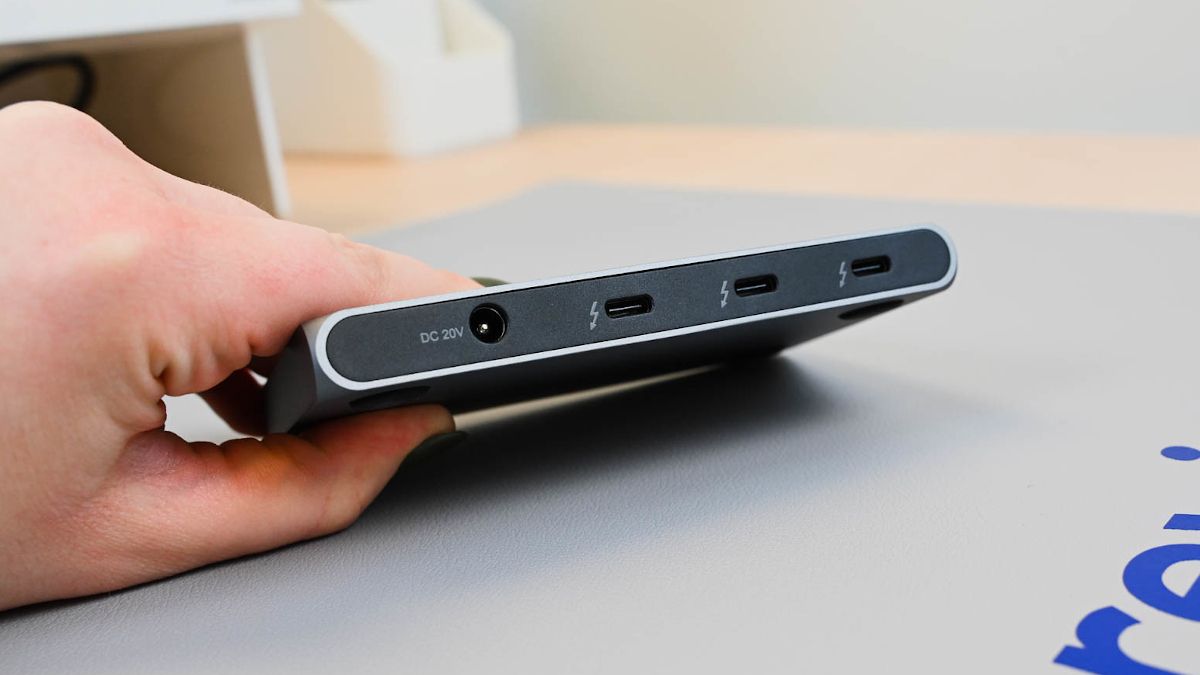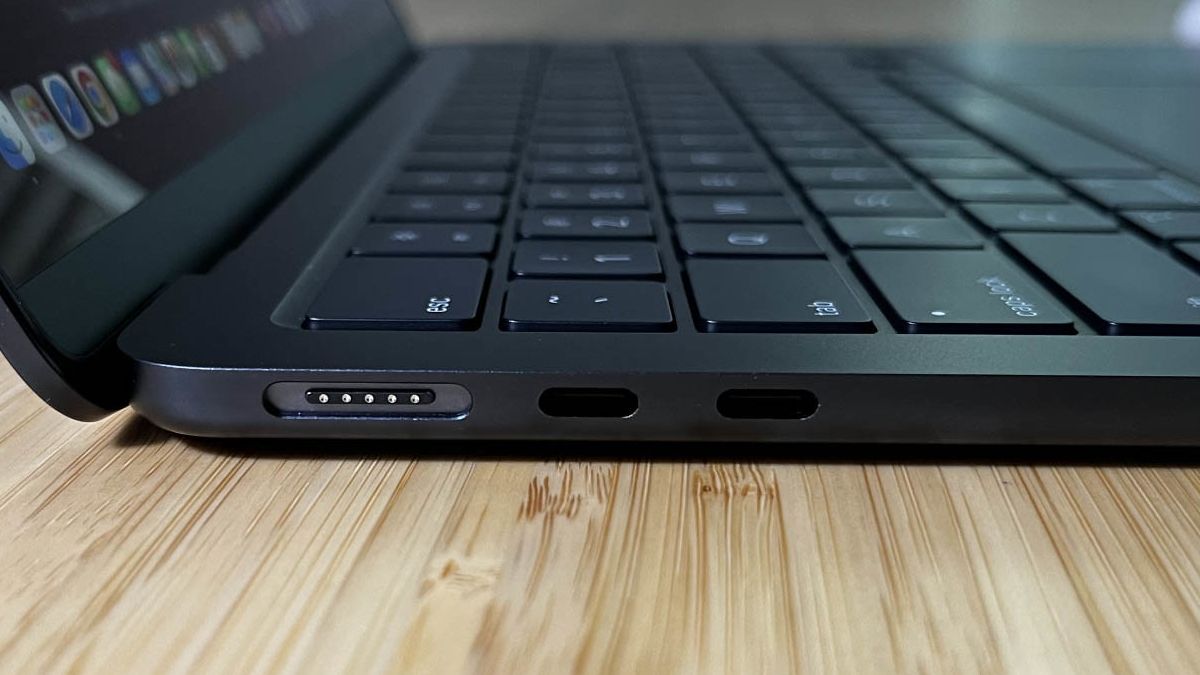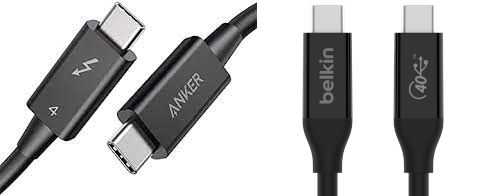There are many different types of connectors that you might run into when it comes to PC components. Thunderbolt is one of the relatively newer ones, and it shares some things with USB-C. Thunderbolt 4, in particular, has a lot in common with USB4---but it's not the same thing.
What Is a Thunderbolt Port?
Thunderbolt was developed by Intel in collaboration with Apple. It was originally called "Light Peak" before being renamed to "Thunderbolt." The first commercial product with Thunderbolt was the MacBook Pro in 2011.
Thunderbolt supports high-resolution displays and high-performance data in one single port, but it's not a type of connector. For example, Thunderbolt 1 on the MacBook Pro worked with Apple's Mini DisplayPort ports, and subsequent versions have been based on USB-C.
Thunderbolt 2 was introduced in 2013 and also used the Mini DisplayPort connector. It had double the transfer speeds of Thunderbolt 1 (20Gbps). This allowed it to be able to transfer 4K video files while sharing in 4K on a monitor simultaneously.
Thunderbolt 3 was released in 2016 and finally ditched the Mini DisplayPort connector. Instead, it switched to USB-C, which was becoming widely used. Thunderbolt 3 had transfer speeds up to 40Gbps.
That brings us up to Thunderbolt 4, the latest version at the time of writing. Thunderbolt 4 is still based around USB-C and can transfer data at up to 40Gbps. However, with Thunderbolt 4, 40Gbps is an enforced minimum. Other advantages include support for dual 4K monitors, 32Gb/s PCIe SSD bandwidth speed, and USB4 compliant rating.
Why Use Thunderbolt Over USB?
The idea behind Thunderbolt was to create a way to send a video signal and data through a single cable. That's why Apple jumped on board, as Thunderbolt allowed it to minimize the number of ports on Macs.
Thunderbolt's ability to run multiple devices through a single port is also a benefit. The daisy chain functionality opened the door for Thunderbolt docks and hubs. Through a single port, you can easily extend the functionality of a laptop.
As time has gone on, Thunderbolt's advantages over USB have gotten smaller. Thunderbolt 4 and USB4 have a lot in common. The main differences are in the minimum requirements.
Thunderbolt vs. USB-C
On the surface, Thunderbolt 3 and Thunderbolt 4 seem to be the same as USB-C. After all, they both use the same USB-C ports and connectors. However, that hasn't always been the case---and still isn't. A USB device will likely work in a Thunderbolt port, but it may not provide the same transfer speeds.
However, Thunderbolt 4 and USB 4 are fully compatible. USB4 is also backward compatible with Thunderbolt 3 and USB 3.2 and 2.0. As mentioned above, the main differences lie in the minimum requirements.
USB4 devices have a minimum of 20Gbps, whereas Thunderbolt 4's minimum is 32Gbps. Thunderbolt also doubles the minimum power requirements of USB4, coming in at 15W.
Another difference is transfer speeds over different lengths of cables. Thunderbolt 4 can transfer at 40Gbps with cables over two meters, but USB4 needs a cable less than one meter for the same speeds. These lower requirements allow for cheaper USB4 accessories, but it does come at the cost of performance.
So how can you tell the difference? It's all about icons. Thunderbolt 4 devices are labeled with a lightning bolt icon and the number 4. USB4 devices have the standard USB icon along with the number 20 or 40 (for Gbps). Unfortunately, ports---like on MacBooks---aren't always labeled with the icons, so you'll need to check the specifications for your device.
In closing, Thunderbolt is one of many hardware interfaces for connecting devices to computers. It allowed for sharing a screen and transferring data simultaneously, which was a big advantage over competing standards for a while. Nowadays, USB4 has largely caught up to Thunderbolt---and USB4 may become faster than Thunderbolt---but Thunderbolt still has a slight edge if you can use it.



